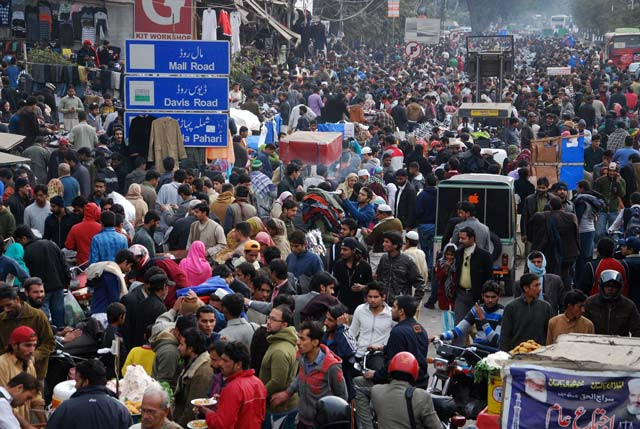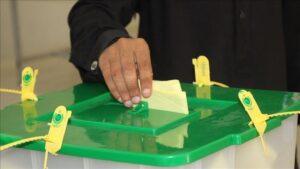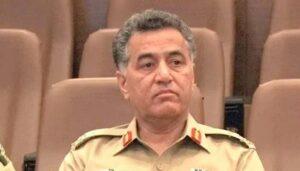Experts believe that countering the city’s demographic crisis requires a comprehensive solution
KARACHI:
The Sindh government is working on a new master plan for Karachi, titled Greater Karachi Regional Plan 2047. While the key features of this plan are yet to be revealed, experts believe that the increasing demographic pressure on the city poses a major challenge for urban planning.
According to official statistics, Karachi is the only city in the country whose population has increased 44 times since the creation of Pakistan. At the time of independence, Karachi’s population was 450,000, but it has now increased to more than 20 million. According to the 2023 census, Karachi’s population grew by 4 million in just five years, from 14.8 million in 2017 to 18.8 million in 2023.
A recent report by a World Bank-affiliated organization stated that Pakistan’s overall annual population growth rate is 1.5 percent, while in Karachi it is 6 percent. According to the same report, Karachi’s population will reach 28 million by 2030. Urban planning expert Zahid Farooq opined that sustainable urban planning depended on reducing population pressure in Karachi.
“For this it is necessary to provide employment opportunities to migrants in their own regions. The main reason behind Karachi’s rapid population growth is the influx of people from KP and other areas in search of employment, because Karachi offers more employment opportunities compared to other cities,” Farooq said.
Apparently no other major city in the country has experienced such a sharp increase in population, largely due to migration. In fact, the population of Peshawar, capital of Khyber-Pakhtunkhwa (KP), has decreased by 1.9 million since a large number of people migrated to Karachi in search of livelihood, more than from other regions of the country.
According to the Karachi Strategic Development Plan 2020, the rapid population growth in the city is mainly due to internal migration, with people from various parts of the country moving to Karachi in search of employment. In addition, a large number of Afghans, Bangladeshis and people from other Asian countries also settle in the city.
Farooq added that although several master plans for Karachi have been developed in different periods, none have been implemented for political reasons. “The Greater Karachi Regional Plan 2047 is a positive step; however, such a plan should not be prepared simply in a hall but should be made public. The plan should be discussed at all levels, from the Sindh Assembly and City Hall to the Union Councils, while incorporating opinions of experts from various fields,” Farooq implored.
Pakistan Peoples Party Leader in Karachi Senator Waqar Mehdi informed that the Greater Karachi Regional Plan 2047 was being developed under the supervision of international experts to ensure better urban planning and meet the needs of the city for the next 50 years. “Given the rapid growth of Karachi’s population, a comprehensive master plan is essential. The new plan will also take into account the previous master plans,” Mehdi said. It is worth noting that although several master plans have been formulated for Karachi since the creation of Pakistan, none have ever been implemented. After the formation of the country, the Greater Karachi Plan of 1952 was developed but never implemented. Later came the Karachi Development Plan 1974-1985, which was also not implemented.
Then in 2007, during the tenure of former President General Pervez Musharraf, the Karachi Strategic Development Plan 2020 was prepared but its implementation failed once again. According to the Karachi Strategic Development Plan 2020, the city is administratively divided between 20 federal, provincial and local institutions, with the Karachi Metropolitan Corporation (KMC) controlling only 31 percent of the city.
The plan states that apart from the Sindh government, various federal entities also have administrative control over parts of the city, including six cantonments, Defense Housing Authority, Port Qasim, Karachi Port Trust, Pakistan Railways, Pakistan Steel Mills and Export Processing Zone, among others.




